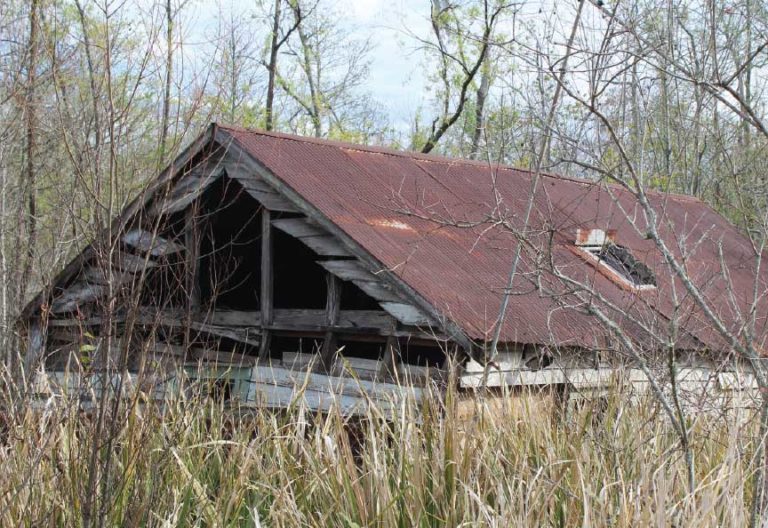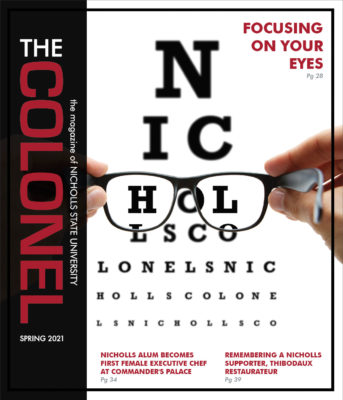Rebuilding a Community
If Tyler Duplantis (BA’ 20) wants to relive memories from his childhood home, it’s only a drive away.
That’s different if you grew up in Grand Bayou, which student-produced publication Garde Voir Ci recently featured.
“I remember talking to a woman who loved to go play in a tree behind her grandmother’s house, which is no longer there,” he says. “Hearing her speak about all of her fun memories from childhood, one thing stuck out to me. When you leave a community, you can always go back and look at it, remember things. For that community, there is nothing there. They can’t go back.”
Grand Bayou is among the communities that have disappeared from South Louisiana, be it land loss or other reasons. Mass Communication seniors would tell these stories before they disappeared. The first community would be Grand Bayou.
Another first is Garde Voir Ci, a digital magazine produced in the capstone course, appearing in the Hearst Awards. The magazine competed in the Hearst Journalism Awards Team Multimedia Competition — Digital News/Enterprise category. Nicholls was the only school from Louisiana to make the top 20.
For that community, there
is nothing there. They can’t go back.” – Tyler Duplantis
Perhaps even more impressive than winning an award is that the campus was closed for COVID-19 for much of the process. Besides not having Mass Communication tools like podcast equipment, students’ also lost access to face-to-face meetings with subjects and the ideal software for finishing pieces.





Nicholls Mass Communications students told the story of Grande Bayou in an issue of Garde Voir Ci.
Challenge, they either fall apart or rise to the occasion,” the course’s professor, Laure Chamberlain Kasovich says. “I was so impressed with the way our students used the resources they did have to make it through this challenge.”
The digital magazine tackled topics like the land, the settlements, the culture and the present day of the place. The magazine included written, audio, video and photographic elements to the stories. During the stage where the class was deciding its topic, Keely Diebold (BA ’20), who was director of PR for the project, says Grand Bayou was almost unanimous.
“This was an idea that had a far-reaching impact and affected many people,” Diebold says. “It was an opportunity to share a story most of us have never heard before, and I wanted our class to put out something that had never been done before.”
Seeing the Grand Bayou community’s reactions to the issue has been the most special part, says Lauryn Madere (BA 20), who was managing editor. And while the buildings are still gone, it gives the people a way to go back.
“Grand Bayou had only lived on in pictures and memories only a few had,” she says. “Now everyone has something they can use to go look back on their community. They can look at the magazine, see pictures of Grand Bayou, find recipes from the community and learn about the history. The website will help it live on forever and ever.”
Going forward, the capstone course plans to continue telling these stories, next focusing on the United Houma Nation. Duplantis, who now is the nation’s community outreach coordinator, will get to pay forward the lessons he learned in the course by helping connect students to
stories. – Cain Madden



